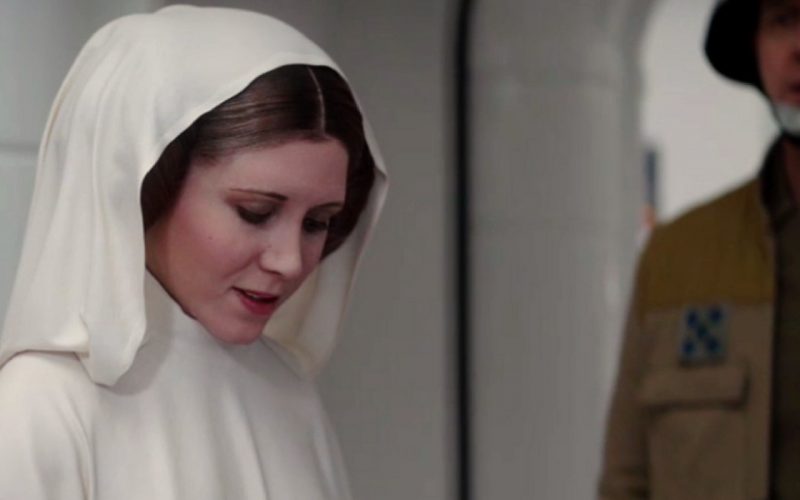Is CGI de-aging the birth of a pioneering process or is it just being overused?
With more and more films applying ever evolving technology to the filmmaking process of creating CGI characters, it’s completely possible that in the future we will see yet more younger iterations of dead or now much older actors popping up in films.
This was recently seen in Blade Runner 2049 with Rick Deckard (Harrison Ford) coming face to face with a new version of his lost replicant lover Rachel (previously played by Sean Young).
This type of scene is becoming more and more popular as it seems that by showing the presentation of a character from a previous film somehow linked to the new movie, the filmmakers believe it will give the fan an often on the nose tie-in to a beloved character from a previous film giving a degree of narrative cohesion to the new and older films. All well and good when it’s done well, but most of the time it’s not and this can be an unwanted distraction, pulling the viewer out of the film.
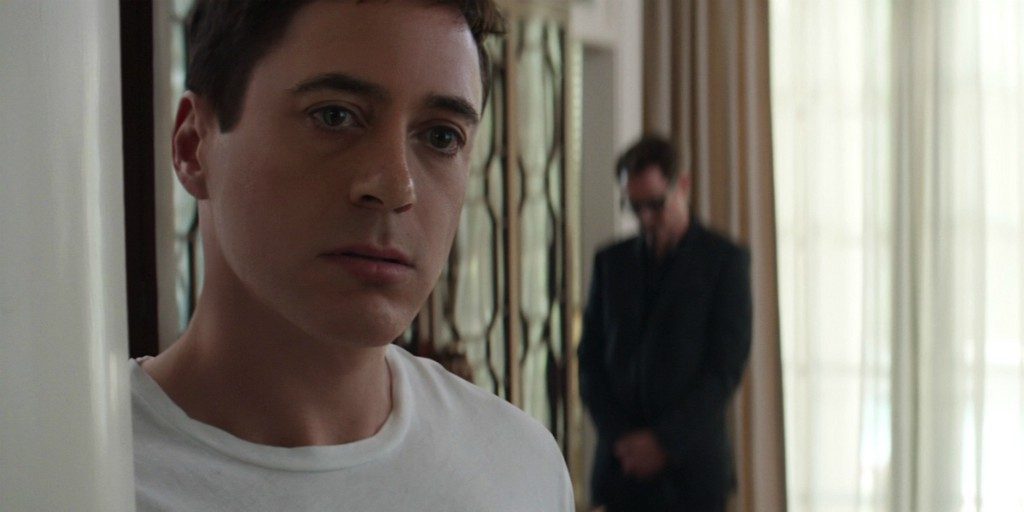
This process has thus far had varying degrees of success and in no way guarantees a good film. For example, a younger looking Arnold Schwarzenegger has appeared in both of the last two Terminator films, as the original T800, battling Christian Bale’s version of John Connor in Terminator: Salvation and again in Terminator: Genysis. Both of these films needed a lot more than a young looking Arnie to make them any good and the actual effect itself wasn’t wholly convincing the more the respective scenes went on especially when facial movements were used.
Whilst watching a film it’s not always possible to find yourself completely emerged in a ‘flash-back type’ scene where the actor playing the character is required to look a lot younger without unfortunately finding yourself more focused on the effect rather than the scene itself. In many cases in the past this was achieved by using heavy make-up. But more recently we are seeing the approach of using CGI facial mapping, such as the late Carrie Fisher/Princess Leia cameo at the end of Rogue One, where the finished product perhaps falls just short of he desired realism. The scene itself still sells, but it’s clear that we are not looking at the actual actor but a CG enhanced effect.
It’s definitely something that’s not easy to pull off. Get it wrong and the filmgoer’s experience can be negatively affected. Many found the CGI Grand Moff Tarkin (originally played by Peter Cushing) in Rogue One to also be a distraction in an otherwise well received movie, which earned favourable comparisons to the original trilogy.
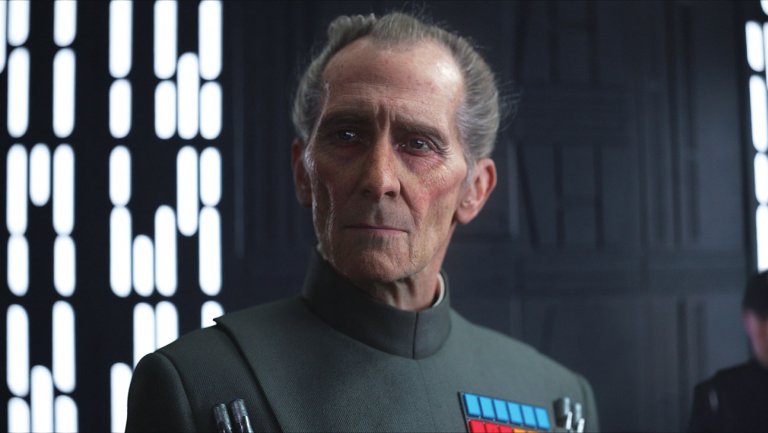
In both cases in Rogue One, the filmmakers may have been better off employing less less elaborate and bold representations of the characters. Showing Leia from behind with a stand-in body double, voiced by Fisher and also maybe limiting the scenes of the CGI version of Tarkin to maybe a holographic appearance. With his interaction with real life actors perhaps supposed to be happening from a separate location, replete with the classic Star Wars ‘blue-hue’ holographic effect, it could have been a more prudent approach to making a more convincing end product.
One studio that does appear to do it right however is Marvel Studios. From the younger version of Hank Pym (Michael Douglas) during the scene at the beginning of Ant-Man, to the teenage Tony Stark ( Robert Downey Jr) family memory recreation in Captain America: Civil War. Both Douglas and Downey Jr somehow managed to look as if they’d somehow recorded a scene for the movie a couple of decades ago. The end result is subtle and understated and therefore fully and convincingly sells the intended effect.
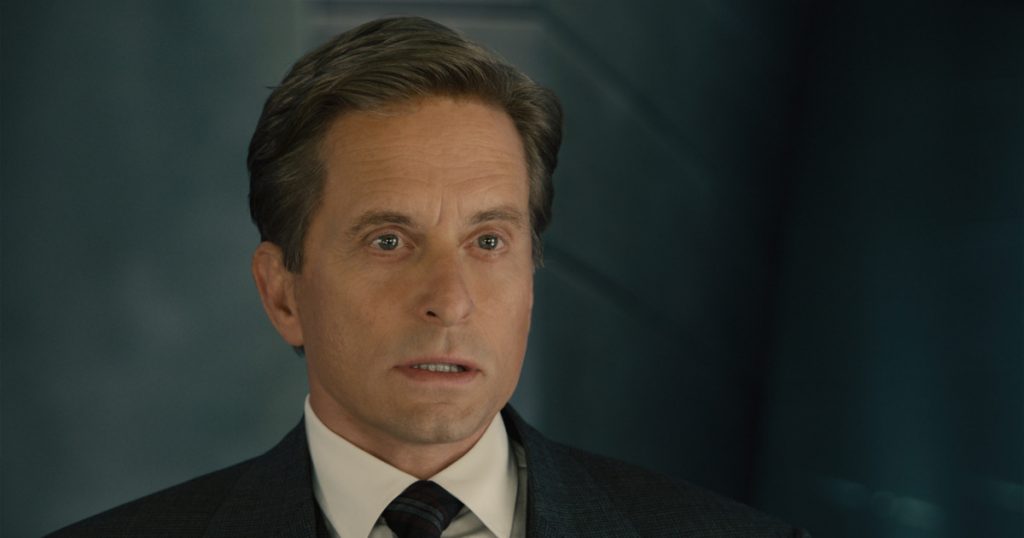
A recent example of Marvel’s continued success in this area is the “young” Kurt Russell seen at the start of Guardians of the Galaxy: Vol. 2. But how exactly was the effect achieved? Well it wasn’t all CGI. It actually involved a lot of practical effects such as make up and the use of two actors for the role.
Director James Gunn explained;
“How we did it specifically was, we made up Kurt in the right way … and [then] we put dots on his face” for creating the digital effects. We have him act the scene with the actors, then we have a young actor named Aaron Schwartz who watched everything that Kurt did, and he would go out and do the scene again and mimic exactly what Kurt did — he looks a lot like a young Kurt. Then, we basically take Kurt’s performance and we fuse part of Aaron’s skin onto Kurt’s body and onto Kurt’s performance.”
The director was also quick to point out that the end effect was definitely the result of having a great team around you and that Russell, himself was also partially responsible for the success of the effect;
“It helped that Kurt has aged pretty well and that the makeup and hair team did their [work] properly, but it’s also that visual effects are just getting better and better. It’s not cheap and it’s not easy. That [scene] pretty much took our entire post-production period to finish. I didn’t get the final shots till almost a few weeks before ‘lock.”
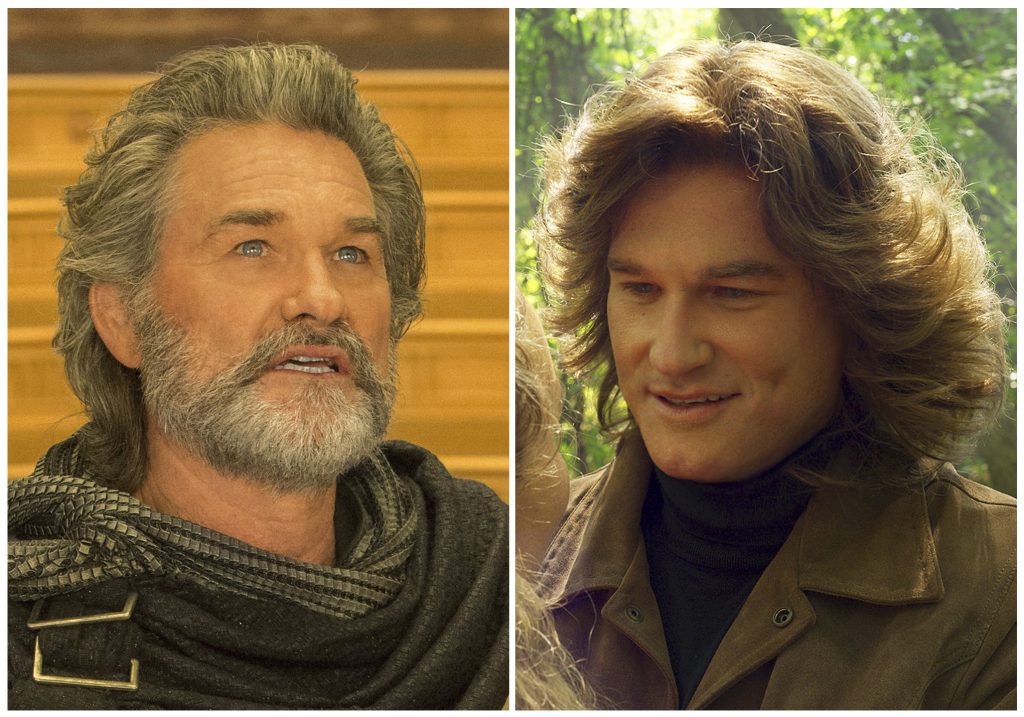
Another great use of this type of effect was in James Mangold’s Logan. For his final appearance as Wolverine, actor Hugh Jackman bid farewell to the character by playing not only an older version than we were previously used to, but he also appeared as a much younger looking, cloned version of Wolverine as his character’s nemesis. This effect was put into place by effects studio Image Engine in Vancouver, who worked under overall VFX Supervisor, Chas Jarrett.
The collaboration ended up with them making a full body CG render of Jackman that would stand in for Wolverine multiple times in the movie, the effect being pretty much seamless. This technique was also used during the limo car chase scene when a stunt driver’s face was replaced with Jackman’s, giving the completely authentic effect of the actor driving at high speed.
The X-Men movie franchise has not always had such success in this regard. Who amongst us can forget the glossy and plastic looking “younger” versions of Professor X (Patrick Stewart) and Magneto (Ian McKellen) during the opening of Xmen: The Last Stand? The two actors were clad in light make-up and then had their complexions smoothed out with some CG touching up. Unfortunately it ended up like a bad example of Photoshopped magazine cover models.
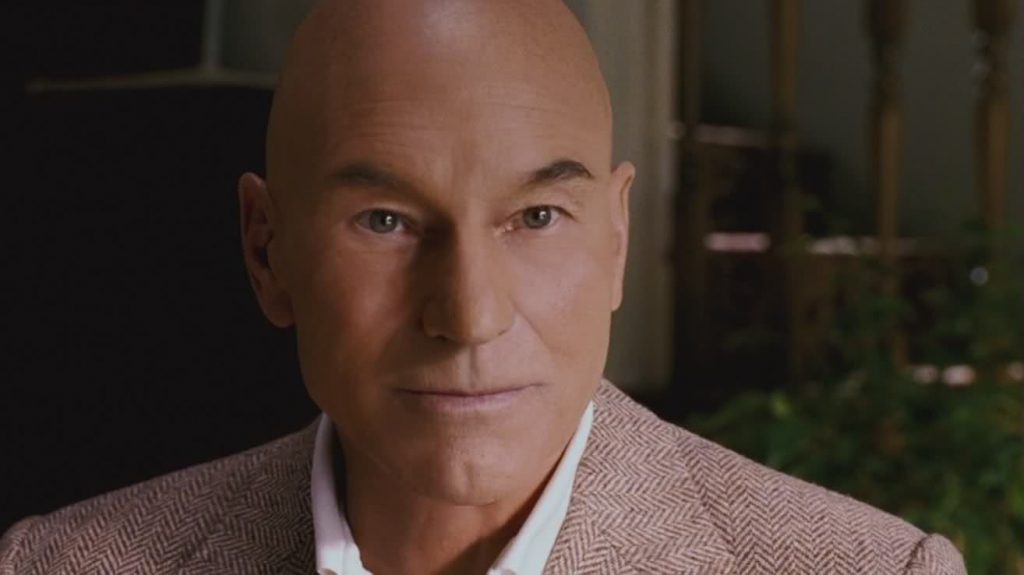
In summary, CGI facial recreation effects can be great if they used correctly and alongside other traditional methods, but at this stage, it’s definitely a hit and miss technique. Would the aforementioned Rachel scene in Blade Runner 2049 have been in any less impactive had it been shot in the shadows or from behind? I find it hard to accept that a movie so otherwise visually stunning can have a scene like this in it. Whilst it didn’t spoil the movie, I did find it a brief and unwanted distraction. When such effects are done well it can be a welcome addition to a film, but unless the effect is absolutely perfect then it can take you out of the movie.
I’m sure that in the very near future we will get to the stage where due to ever improving techniques and technology, we see the rejuvenation and de-ageing of older or even deceased actors appearing on a regular basis with more consistently favourable results. For now I would prefer that filmmakers be cautious when considering if there is a real need to include such scenes unless the effect is capable of not just ending up looking like another unconvincing and distracting CG effect.
Sources; The Washington Post, Cartoon Brew.

